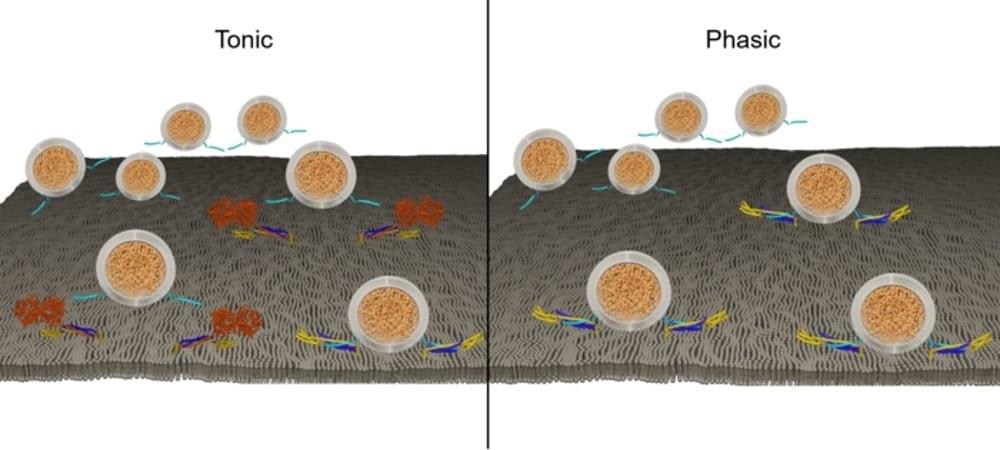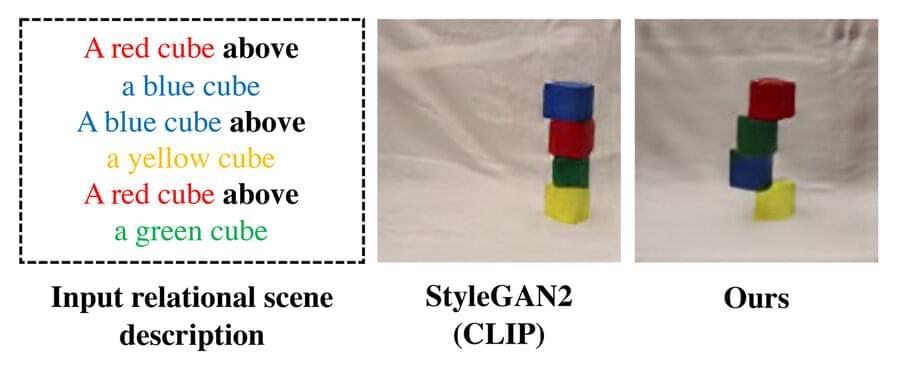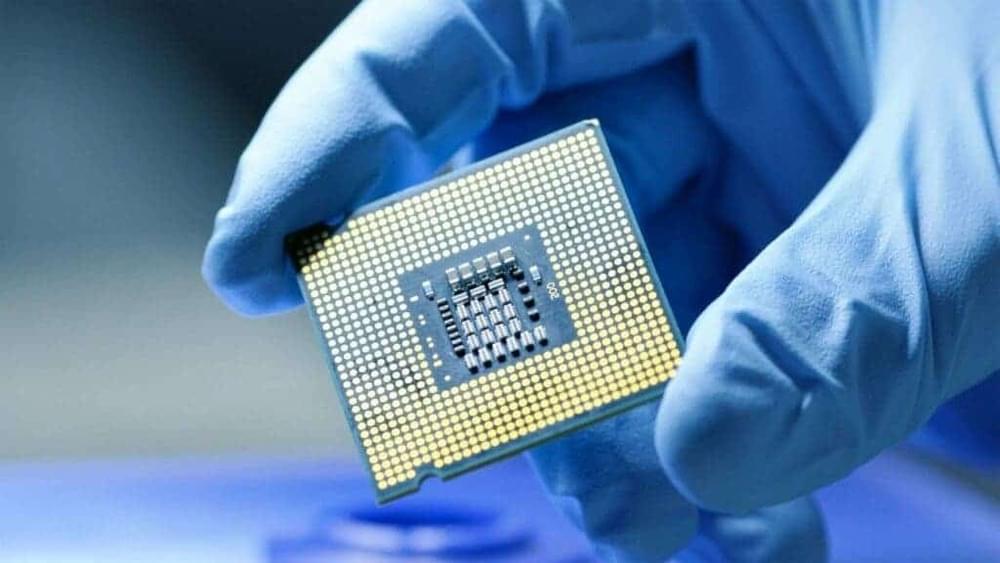Masterpiece Studio (formerly MasterpieceVR) today announced it’s releasing a free edition of its latest professional VR creator suite, Masterpiece Studio Pro. The free software license is targeting individuals looking to use the suite for non-commercial use.
The free version is said to contain the entire set of features of Masterpiece Studio Pro, which is a subscription-based service aimed at freelancers, teams, and educators using its creation tools for work.
Like its original 2019-era Masterpiece Studio, Masterpiece Studio Pro lets users create 3D assets within VR, letting you use motion controllers to draw, sculpt, texture, optimize, rig, skin, and animate things like characters or objects. The Pro version was launched back in April 2021.






